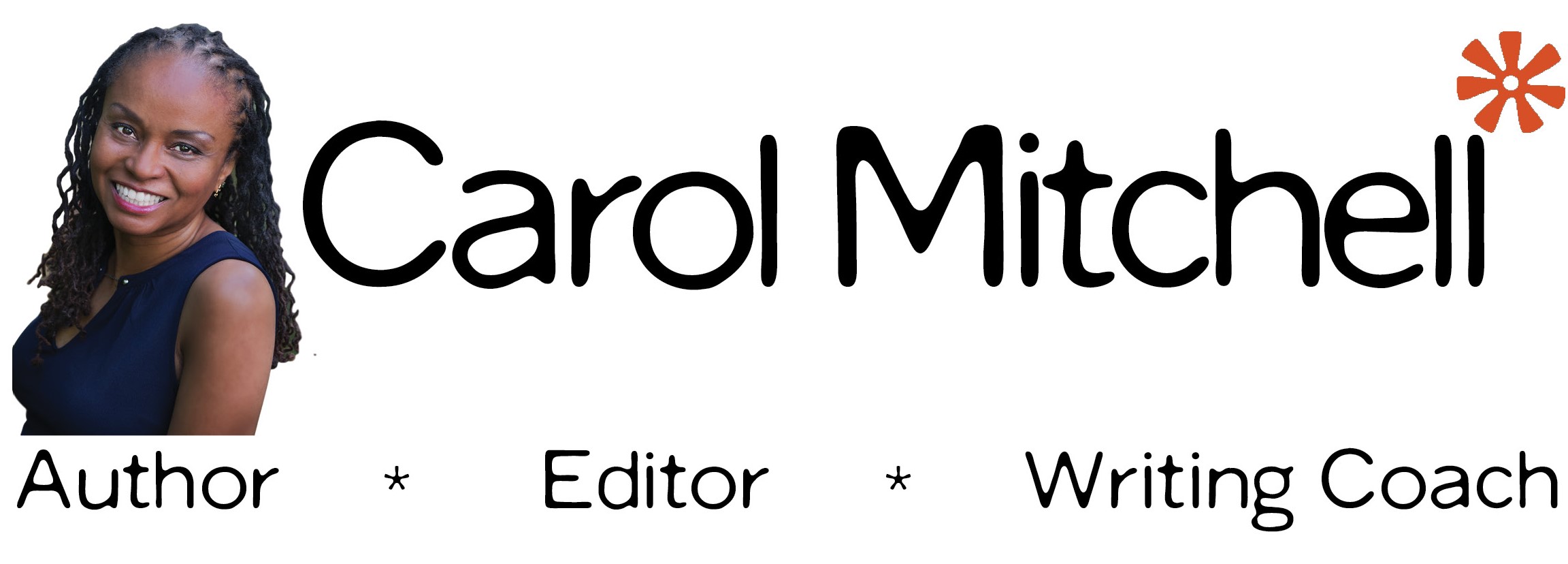
Full Disclosure-I know the author of this book. I met Zetta Elliott several years ago through Summer Edwards of Anansesem and I have followed her work closely ever since. Of Caribbean origin (St. Kitts-Nevis specifically), Zetta is a Black feminist writer of poetry, plays, essays, novels, and stories for children. She published a head-spinning fifteen (I believe-it may be more) children’s books last year, making a significant mark on her work towards seeing more diverse literature that accurately reflects the culture, experiences, reality, and essence of people of colour.
I have waited a long time for The Door at the Crossroads, a young adult book which is the sequel to A Wish Before Midnight. I sometimes judge the impact of a book by how vividly I recall where I was when I read it. I read A Wish Before Midnight during a visit to Trinidad in 2013, and I can still picture myself sitting in my aunt’s guest room trying to read as much as I could before I had to leave for the day’s outing. This review is, however, not about A Wish….
As Zetta says in the Acknowledgements of The Door at the Crossroads, this book is very different from the first, but (my words now), equally or even more captivating. In A Wish Before Midnight, we read about Genna’s (a fifteen-year-old modern-day Brooklyn resident) experiences traveling in time to Civil War-era Brooklyn. The Crossroads begins with Judah’s story and we learn what happens to him when he follows Genna (his girlfriend) into the past and finds himself sold into slavery. His experiences as an enslaved person are impacted by the fact that he is a modern-day teen who has been free in relative terms all of his life and by the fact that he knows how this particular chapter in history ‘ends’. His reaction to the conditions of his enslavement are juxtaposed against the views and attitudes of those he meets who have been enslaved all of their lives. There is no significant judgement of either position. The book presents a large cast of characters of a wide variety of races with equal numbers of sympathetic and unsavoury characters in each racial group.
The book is fast-paced and action-packed. At the end of Judah’s journey from enslavement to freedom I felt as if I had read my money’s worth, but I was only one-third way through the book. I won’t say more about the plot because doing so will ‘spoil’ both A Wish Before Midnight and The Door at the Crossroads, but needless to say Judah’s freedom from slavery is not the end of his journey through this story.
The Crossroads is full of action yet character-driven. We meet a large cast of characters who are deep, recognizable and likable in their flaws, and realistic in their reactions to each other and their circumstances. Even as we see Judah espouse judgments which may seem questionable to many, we don’t hate him, instead we root for him to see the error of his ways.
Like A Wish Before Midnight, The Door at the Crossroads chronicles a particularly difficult period in the history of African-Americans. It does so without being heavy handed or didactic, instead we see the events through the narrative and the characters. I have not done any fact checking, however, it is clear that the historical background has been well-researched and while the story and characters are fictional, the author draws a believable historical backdrop to the story.
I did question the consistency of the motives of one or two of the characters and there were one or two times when I found it difficult to follow the thread of the timeline, however, this was me looking at the book with a view to critique, and dealing with time travel is always a challenge.
As I swiped my screen and found myself at the end of the book, I felt as if I had left a little piece of myself between the pages holding on to find out what happens next. I am looking forward to part three.
Read A Wish Before Midnight first to get the full impact of the story.
